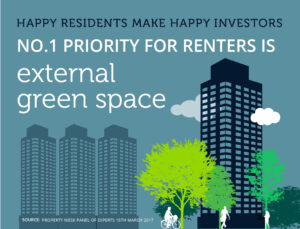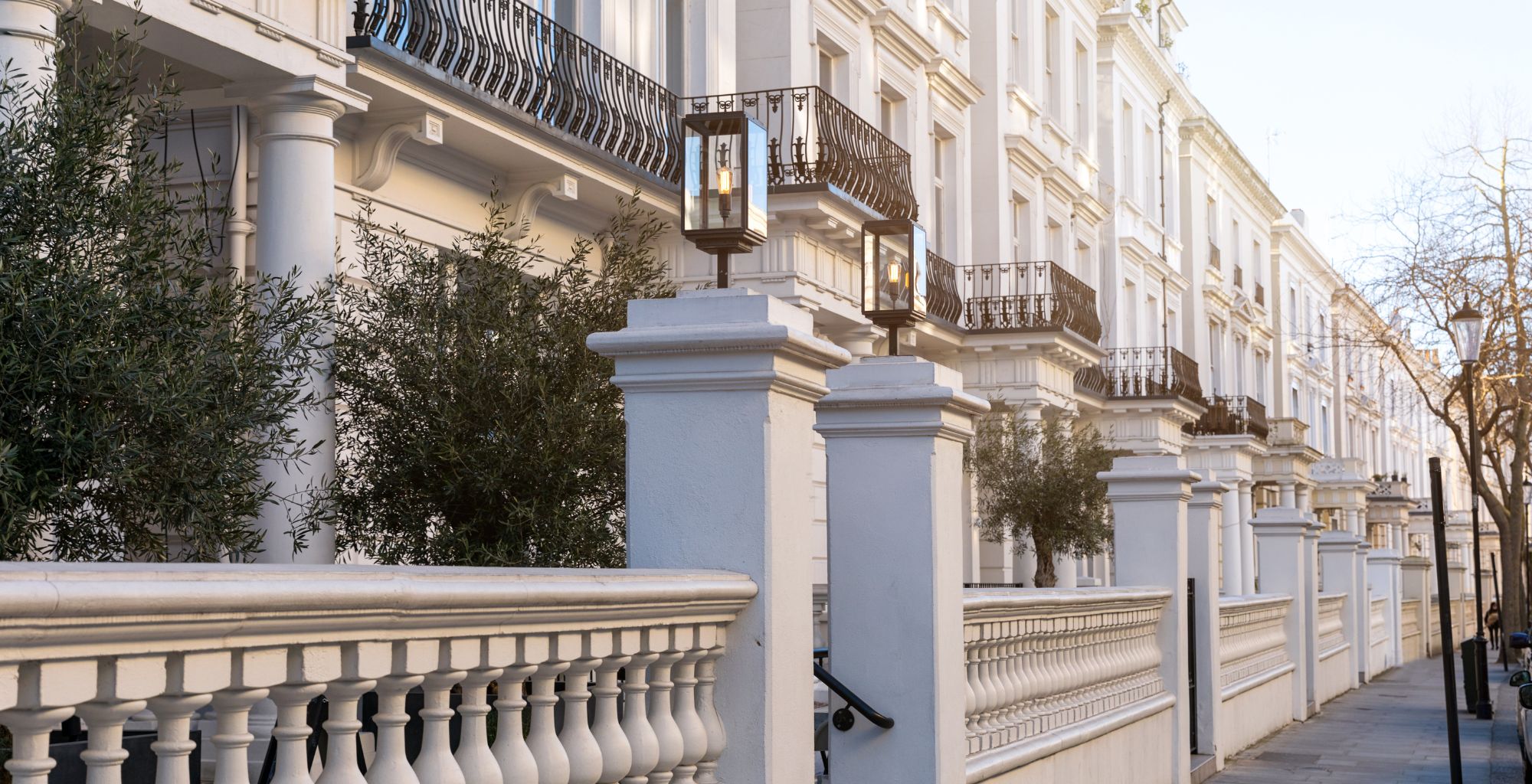For those buying a property in the UK for the first time, the process can seem complex and even...

Reasons why tenants stay in a rental
There’s a new kid on the block in the UK property market and it’s called Build to Rent. The Build to Rent sector is growing fast and desperately wants to get to grips with the reasons why tenants stay in a rental – presumably so that they can be encouraged to continue doing so.
The average tenancy length by households in the private rental sector is 4.3 years according to the 2015/16 English Housing Survey. Understanding why tenants stay in a rental versus why they leave means being able to fill buildings and maximise investment.
A lack of purpose-built existing housing stock available for private renting and the need to raise the standard of the overall private rental stock has led to a blossoming Build to Rent sector. This means that investors need to know what attracts renters to particular buildings and what are the reasons why tenants stay in a rental so they can minimise the costly void periods where there is no occupier.
What are the reasons why tenants stay in a rental?
Owner-occupiers stay in their homes an average of 17.8 years but the rental sector is totally different. Understanding the reasons why tenants stay in a rental rather than leave, and maximising that time, could be worth thousands of pounds to individual and institutional investors alike. It’s reported that with an average of 20 days vacancy between tenants landlords in London are losing £1869 each time there is a change in tenancy.
Why do tenants stay in a rental? To be fair, sometimes a move is nothing to do with the property itself. Rentals are more flexible than owning a home and tenants can easily move locations for new jobs, or to be closer to family. Some tenants will be renting while waiting to buy a house and will transition to being property owners. The quality of the rental is unlikely to make much difference in those scenarios.
Otherwise the reasons for a move are much the same as house owners. If more income becomes available renters might want to upgrade their living situation, moving to more spacious properties in interesting areas with better amenities. Likewise, if they move in with a partner or start a family.
Shared laundry facilities mean saving space in small kitchens or bathrooms. Resident’s gyms, secure bicycle parking, dedicated car parking, co-working, building security, concierge service, events, good technology and even an app to report maintenance issues – what sorts of things would attract you to an apartment building?
A sense of community will play a part too, especially for families or those with young children. “Community” might seem nebulous but can be encouraged by the physical environment of a building and by the management philosophy.
What can be done to help tenants stay in a rental?
At the MIPIM industry conference in Cannes one panel discussion reported in Property Week said that “happy residents are at the heart of any successful scheme.” A member of the panel said that their research showed that external green space is the number one priority for residents.
Some Build to Rent properties boast shared gardens, allotment boxes and picnic or barbecue areas. Outdoor space is not normally associated with renting a flat so its availability can be a huge plus point for tenants and could play a big part in having them stay in a rental.
In the US Build to Rent is already popular and has a big emphasis on amenities. But in Germany and Scandinavia, which also have a large Build to Rent sector, the emphasis is on good locations and well-run buildings. There they believe that tenants stay in a rental because of great customer service.
Understanding the reasons why tenants stay in a rental will be make or break for investors in new Build to Rent properties. That goes for the planning and design as well as the management. Figuring out which features and amenities command a premium for tenants is key for the industry.
For more information about rental properties in your area call Garrington today.




